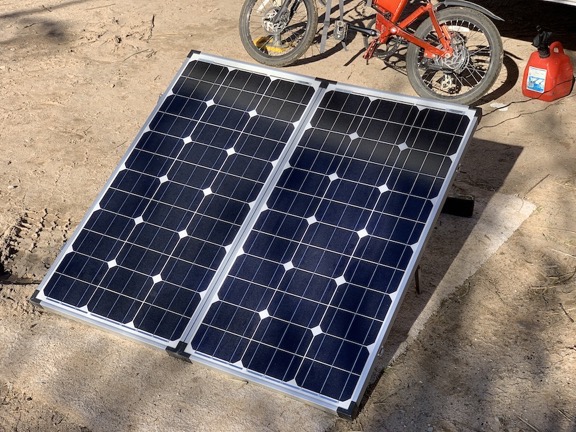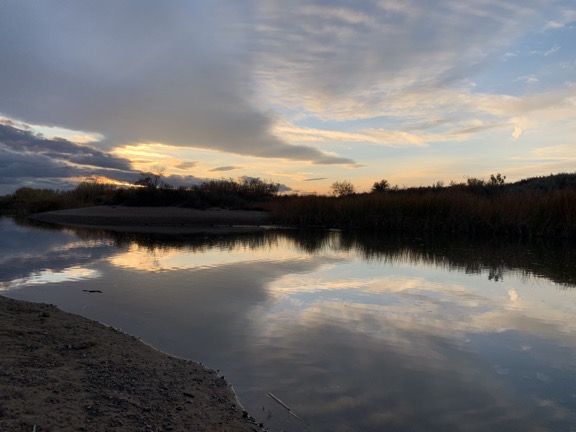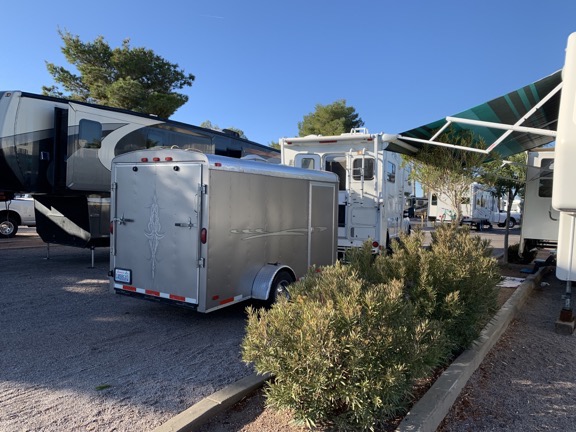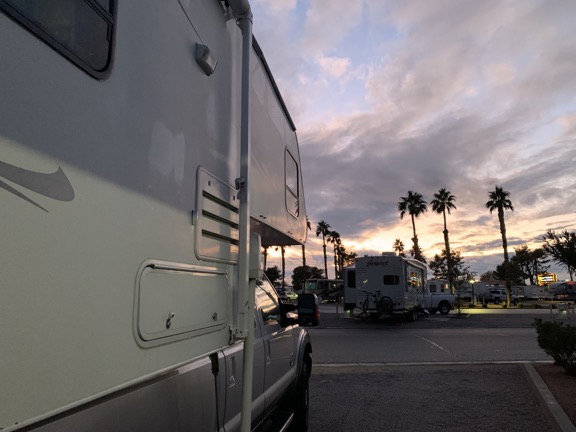Adding more solar power to my camping setup.
Why I don’t have solar at home.
A lot of people ask me why I don’t have solar panels on my enormous roof — it’s about 3000 square feet — at home. After all, central Washington state is dry and desert-like, with sunshine at least 300 days a year.
What a lot of people don’t know, however, is that Chelan County, where I live, is completely dialed in with renewable energy from wind and hydroelectric power. We have extremely cheap power — 3.22¢/kWh, which is 72.9% less than the national average rate of 11.88¢/kWh (per ElectricityLocal.com) — and my monthly electric bills seldom rise above $50 in any month, no matter how much heating or cooling I use in my all-electric home. It would take decades for me to recoup the cost of any solar setup at home. And, because the power I get is mostly from renewable sources, it’s pretty much guilt free.
I have always been a huge proponent of solar power for off-the-grid camping (and life in general). To that end, I’ve invested in solar panels for most of the RV’s I’ve owned, including my current truck camper, “T2.”
When I had my previous truck camper, “the Turtleback”, I thought a portable panel was the way to go. Zamp made foldable panels with a tightly fitting semi-hard case for safe transit and, back in 2016 (I think), I bought a 160 watt setup and had a simple plug socket installed on the outside of the Turtleback’s battery compartment for easy hookup. It worked like a charm.
What I wasn’t thinking about was the fact that the panels were large and heavy and had to be stowed someplace in transit. After I downsized from the Turtleback to T2 (which I also had that handy plug socket installed on), I decided to install 200 watts of solar on T2’s roof. No more dragging around those big panels.
Of course, I didn’t sell them. I keep everything. 🙄
How I Use Solar
I should make it clear here that my solar setup has always been solely to keep my camper’s batteries fully charged when I’m not hooked up to a power source. I do a lot of off-the-grid “dry camping” and if I don’t charge the batteries I will eventually run out of power. (Duh.) I don’t have an inverter to provide alternating current (AC) power for device like my camper’s microwave or even my laptop charger. Everything runs off direct current (DC) power or propane.
I should also mention that I’m not a complete idiot and I also travel with a 2KW generator that does provide AC power. Unlike a lot of other off-the-grid campers, however, I don’t like to run it because I don’t like to listen to it. It’s a Honda and it’s quiet, but it’s a lot more quiet when it’s turned off. I wish other RVers would turn off their f*cking televisions (and generators) and enjoy the outdoors. If they want to spend their time watching television, they could stay home or park in a KOA.
Don’t get me started.
Another Solar Setup?
Time went on. My needs changed. This year, I’m traveling with a cargo trailer — “Lily Rose” (long story) — that I’ve got set up as a mobile jewelry shop. The trailer has a lockable toolbox on the front near the hitch and I thought that would be perfect for installing a few batteries, keeping them charged with the Zamp panels, and connecting them to an inverter I could use to get AC power into the trailer or for use with T2. So when I packed Lily Rose for my trip south, I packed the Zamp panels. I figured I’d get price quotes at the two Quartzsite solar dealers when I got there.
I wound up visiting just one of the two dealers. His price quote was enough to convince me that my setup was wishful thinking. Sure, they could build me a system with 4 6-volt lithium batteries, a 2kw pure sine wave inverter, and the receptacle for my existing Zamp solar panels. All it would cost would be about $4,500.
Ouch! That’s more than I spent to buy Lily Rose! My budget was about 1/4 of that so it just wasn’t going to happen. No sense in getting another quote; it probably wouldn’t be much less — if it was less.
Use What You’ve Got
So there I was in Arizona with an extra solar panel setup. What was I to do?
Use it, of course. I’m at my campsite for more than two weeks. I found a mostly sunny spot and hooked up the Zamp to T2. Despite the short winter days and increased shade in our tight campsite, I’m keeping my batteries fully charged every day.

My Zamp solar panels. They fold in half; the solar controller is built into a panel that hangs behind it. The legs to angle it toward the sun are attached. It’s a nice setup. Also in the photo: my electric assist bike and a 2 gallon fuel container for my generator. Our site is surrounded by 15+ foot tall bamboo which limits the amount of direct sunlight we get; you can see the shadows, too.
No sense in not taking advantage of every resource I have to collect power.






